The Value of Queer Pilot Development
Nupita Obama Creates Vogua (2015)
Written, directed and created by Aymar Jean Christian
Starring Kiam Marcelo Junio, Saya Naomi, Erik Wallace
Produced by Myra Boone
Executive Produced by E. Patrick Johnson
Video link: https://vimeo.com/134807299
Winter in Chicago takes its toll on the body and spirit. After arriving in the city to start a tenure-track position as professor at Northwestern I spent a lot of time alone in my apartment, reading and writing in the day and Netflix-ing at night, with no one to chill. My saviors were Vitamin D, yoga with friends (including Black Girl in Om), and my friend Karl who inspired me to participate in queer nightlife. There I met a diverse group of artists – drag queens, musicians, dancers, performance artists – whose live performances of queer of color identity made clear to me what was missing from corporate television. They gave me life.
Nupita Obama Creates Vogua is a pilot for a series, Nupita Obama, focusing on gender nonconforming artists of color who use performance to smooth social, economic and sexual situations. It’s the first of four pilots my research project Open TV beta released in 2015 and 2016 – including Zackary Drucker’s Southern For Pussy, Rashida KhanBey’s Let Go and Let God and Shea Coulee’s Lipstick City. I develop queer pilots as an intervention in Hollywood’s highly unequal and opaque development process, which, according to decades of research including regular reports from UCLA’s Bunche Center and USC’s Institute for Diversity and Empowerment at Annenberg, systematically disadvantages producers who are queer, transgender, women, and people of color. Developing pilots created by artists with diverse identities and disciplinary training creates innovation and reorients how we value television as art and industry.
Zackary Drucker in Southern For Pussy (2015)
Queer and feminine-spectrum artists often learn multiple crafts as a survival strategy and so bring tremendous “production value” to television. In Vogua artists did their own choreography and costumes. Most of the set comes from the art and materials of Kiam Marcelo Junio, a performance artist and yoga instructor who plays Reyes. Saya Naomi, a drag queen who plays Gia, did make up. But queer performance extends traditional notions of production value beyond craft, where Hollywood clearly outdoes and outspends indie fare, to include sincere, specific cultural performances that major studios find elusive. Vogua’s hip hop soundtrack is mostly from Erik “Mister” Wallace, who plays Curtis, along with local DJs Hijo Pródijo and Jeremiah Meece, with a cameo from Cakes Da Killa; Mister Wallace debuted the first single, “Whoremoan,” off her EP, Faggot, on the day of Vogua’s online release. All the artists changed their lines to reflect how they would speak, and in particular, how queers of color speak to each other.
Before we put it online we premiered Vogua in July 2015 in three Chicago neighborhoods where each of the artists live or work. Kiam hosted their premiere in a loft in Pilsen, known in the queer community for its large stage and for hosting a number of art events and parties. Saya hosted in Wicker Park at an artist-run space near her home, whereas Erik hosted in Lakeview at a bar where she started her career as a host and rapper. Each artist prepared a performance for the premiere. Surveys with guests after the screenings suggested that many attendees knew the artists and were diverse in race, gender, sexuality, income and education, though all were under 45. In interviews they expressed a desire to see more of the series, with more queer performance (dance, shade, sex) and character development. Meanwhile artists expressed pleasure at seeing their talent showcased among their communities, particularly Saya, who got ready for drag in front of the audience, revealing drag’s under-appreciated labor, and said: “I don’t get that kind of support from Chicago people!…This is real. This is respect.”
After releasing pilots in Chicago and on Vimeo, where the first three cumulatively garnered over 16,000 plays, I am starting to see how my original inspiration is manifesting new insights in networked television development. For one, short-form television released locally seems to offer a powerful antidote to corporate web TV networks like Netflix that demand we stay inside, “binging” for hours or days, usually alone or with a partner, consuming programs that they spend billions annually to license. For me, queer community and dancing saved me from winter’s malaise. Open TV premieres incentivize people to leave home, support local artists, and occasionally groove to the beats of our DJs.
I also position these pilots as video art – indeed, Zackary Drucker’s earlier video work has screened across the country in galleries and museums, including the Whitney Museum Biennale. Like performance artists, video artists find adequate compensation for their work elusive. There are few buyers for video art, because unlike paintings and sculptures, video art’s value does not come from its status as a commodity in which the rich can invest. Video art’s value is social and cultural, the same kind of value from which television network executives continue to profit, even as digital distribution complicates these processes. Yet galleries and museums routinely display video art as visual art. It is often lonely and awkward to watch serial video art in these contexts. Exhibitions struggle to harness its community-building value, despite the fact that more artists, many of them queer, are producing and exhibiting serial narrative stories in leading art institutions – think of the works of Kalup Linzy, My Barbarian, and Ryan Trecartin, to name just a few.
By positioning video art as web television, viewers’ subjectivities shift from passivity to activity: they can bring friends to a premiere and, if they miss it, share it online where they can discuss it. By positioning videos as pilots, we encourage viewers to be curious about what shape future instalments will take and how artists will grow. For Open TV pilots this varies: I am fundraising for four more episodes of Nupita Obama; Zackary wants to do one video a year; whereas Rashida is working on a feature film.
Openness to diverse modes of production, strategies for financing and development, and practices of exhibition rescales television to meet the needs of queer and local artists. This has the potential to foment innovation in a web video market rife with experimentation that legacy institutions (galleries, advertisers, TV channels, ratings agencies) are finding it hard to value. It is also incredibly rewarding work as a research method and paves the way for new insights into the value of community-based and artist-driven video.


